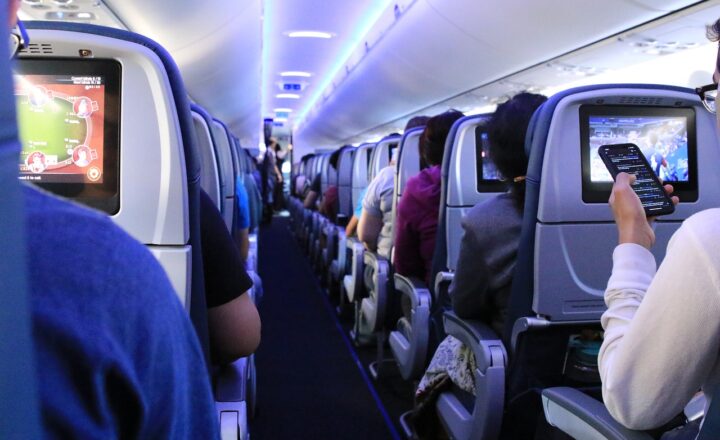The Evolution of Fighter Jet Technology: From Propellers to Stealth Fighters
November 16, 2024

The realm of aerial combat has undergone a remarkable transformation over the past century, evolving from primitive biplanes powered by propellers to advanced stealth fighters capable of evading radar detection. This article delves deep into the key milestones, technological innovations, and the strategic implications of fighter jet development through the years.
1. The Birth of Military Aviation
The journey of fighter jets began in the early 20th century with the advent of military aviation during World War I. The first fighters were essentially modified versions of civilian aircraft.
– **1914-1918: Early Engagements**: Biplanes like the Sopwith Camel and the Fokker Dr.I demonstrated the utility of airplanes in combat. These aircraft featured basic armament, primarily machine guns synchronized to fire through the propeller.
– **Significant Development**: The introduction of retractable gear and a greater emphasis on speed and maneuverability marked a notable shift as nations realized the potential of air superiority.
2. World War II: The Golden Age of Fighters
The Second World War marked a significant evolution in fighter design, driven by technological advancements and tactical requirements.
– **Piston-Engine Fighters**: Planes like the P-51 Mustang and the Supermarine Spitfire epitomized the pinnacle of piston-driven aircraft. These fighters were faster and better armed, featuring designs that improved performance and aerodynamics.
– **Jet Engine Innovation**: The introduction of the jet engine transformed combat aviation. The German Me 262 became the world’s first operational jet fighter, offering unprecedented speed and a new level of lethality on the battlefield.
3. The Cold War & the Dawn of Jet Fighters
The Cold War era marked a pivotal transition where jet technology experienced rapid advancements.
– **Key Models**: Notable designs like the F-86 Sabre and the MiG-15 showcased the central element of air combat: the dogfight. Capable of incredible speeds and agility, these fighters led to an arms race between superpowers.
– **Technological Leap**: Development during this period included radar systems, missile technology, and electronic warfare capabilities. The incorporation of these technologies into airframes would change air combat strategies significantly.
4. Supersonic Fighters and Beyond
As military needs evolved, so did the designs of fighter jets.
– **Mach 2 and Beyond**: The advent of supersonic jets such as the F-4 Phantom II and the Mirage III introduced a new era of air combat capabilities, allowing faster interception and engagement profiles.
– **Multirole Aircraft**: The need for flexibility led to the rise of multirole fighters like the F-16 Fighting Falcon and the MiG-29. These aircraft could perform various missions, from air superiority to ground attack, enhancing their operational value.
5. The Era of Stealth Technology
The development of stealth technology represented one of the most significant shifts in aerial combat.
– **Introduction of Stealth**: Aircraft like the F-117 Nighthawk and the B-2 Spirit incorporated radar-absorbing materials and unique designs to minimize their radar cross-section, allowing them to operate effectively in heavily defended airspace.
– **Modern Fighters**: The F-22 Raptor and F-35 Lightning II further exemplify advancements in stealth, avionics, and sensor fusion, allowing pilots to maintain situational awareness while remaining undetectable.
6. The Future of Fighter Jet Technology
As we look ahead, fighter jet technology continues to evolve rapidly with emerging trends in automation and artificial intelligence.
– **Unmanned Aerial Vehicles (UAVs)**: As technology advances, the integration of UAVs in combat scenarios is rising, with the potential for autonomous combat operations transforming how air forces plan their strategies.
– **Hypersonic and Network-Centric Warfare**: Future advancements could incorporate hypersonic speeds and network-centric warfare capabilities, ushering in a new dimension of combat that enhances strategic agility and precision.
Conclusion: A Legacy of Innovation
The evolution of fighter jet technology reflects the broader narrative of military aviation, characterized by continuous innovation and adaptation. From early propeller-driven fighters to the stealthy marvels of today, the journey illustrates humankind’s relentless pursuit of dominance in the skies. As we move into the future, it is evident that this evolution will continue to shape warfare, aerospace technologies, and international relations for decades to come. The battle for air superiority remains as critical now as it was in the dawn of aviation, with advancements paving the way for new strategies and combat paradigms.








